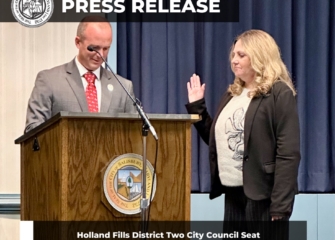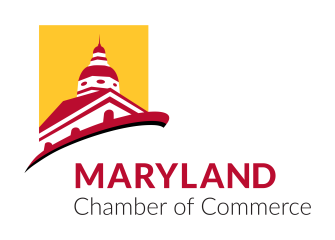
With his jacket off and sleeves rolled to deliver a slideshow presentation to state officials and employees — some at the State House but most of whom tuned in virtually — Gov. Wes Moore on Thursday detailed his “state plan,” a broad outline of his administration’s top 10 priorities and benchmarks to measure progress.
While the governor said during his State of the State address Wednesday that his administration’s leading priority has been and will continue to be public safety, his first “state plan” goal is eradicating child poverty in Maryland, a mission that Moore — who formerly ran a large poverty-fighting nonprofit — said is the reason he ran for governor.
Despite Maryland having the highest median income in the country, one in eight of its children lives in poverty, with the highest concentrations in Baltimore City and Prince George’s County, according to the governor’s office.
The “state plan” comprises aspirational goals Moore has spoken about since his campaign, like making Maryland a service-oriented state, and, according to administration officials, it includes ways to both improve the core functions of the state government and implement new ideas.
“The things the governor cares about aren’t always organized the way governments are organized,” Asma Mirza, who joined the administration in August as the state’s chief performance officer after overseeing the White House’s COVID-19 response and then implementation of President Joe Biden’s Bipartisan Infrastructure plan, said in a statement.
The other goals include setting students up for success, boosting the state’s economy, connecting people to jobs, making communities safer, lowering the state’s cost of living, improving transportation, investing in health care and making Maryland a leader in clean energy.
Moore’s administration isn’t the first to focus on state government performance, and Maryland has a statutory requirement for annual performance reports.
But Moore said his “state plan” is the first that Maryland has had in about a decade, and members of his administration said this particular approach is novel and at a higher level than plans from prior administrations.
“This is not a plan that will sit on a shelf,” Moore said in a statement included in the planning documents.
Implementing the “state plan” isn’t expected to increase state spending. Administration officials said the governor’s proposed budget and policy agenda align with the 10 goals, including proposals this legislative session to increase protections for renters and boost funding for a state child care program.
The administration may budget money in future years to pay to improve data collection and reporting.
A cabinet of state officials and employees, separate from the governor’s Cabinet of agency secretaries, will regularly gauge the administration’s progress over the coming months, and subgroups will focus on specific priorities, based on their area of expertise in the state government.
Overarching the administration’s 10 goals will also be plans for “rebuilding and reimagining” the state government, incorporating data into government decisions and leveraging “capital of all kinds,” the planning documents state.
Each of the 10 goals includes a series of objectives. For ending child poverty, the administration has outlined three, which include immediately reducing child poverty by improving access to cash assistance programs like earned-income and child-tax credits, nutrition assistance, child care support and health care insurance.
Ending child poverty, according to the plan, will also involve implementing the lofty and expensive Blueprint for Maryland’s Future Education plan, enacting the governor’s community-drive grant program and supporting the creation of small businesses and homeownership in disadvantaged communities.
It’s not clear at what point the administration might consider an objective to be complete. Administration officials said they’re yet to determine specific baseline numbers and quantitative targets.
Each goal includes a set of indicators to gauge progress. The administration will track its goal of ending child poverty through data on enrollment in economic benefits programs like the Supplemental Nutrition Assistance Program, entries to foster care due to neglect, the number of families and individuals experiencing homelessness, and the number of at-risk children partaking in state services like summer employment programs.


